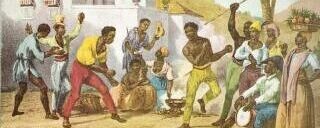By Charles Chestnutt
Charles Chesnutt’s novel “The Marrow of Tradition” offers a powerful and nuanced exploration of racial tensions in the post-Reconstruction American South. Set in the fictional town of Wellington, the story is based on the real-life Wilmington Insurrection of 1898. Chesnutt weaves together multiple plotlines centered around two families – the white Carterets and the black Millers – whose lives become increasingly entangled as racial and social conflicts escalate.
The novel’s strength lies in its complex characterization and unflinching examination of racial prejudice. Chesnutt portrays characters on both sides of the racial divide with depth and humanity, avoiding simplistic villains or heroes. Major Carteret, a white newspaper editor who stokes racial tensions, is depicted as a tragic figure rather than a one-dimensional racist. Meanwhile, Dr. William Miller, a black physician, struggles against systemic racism while maintaining his dignity and principles. Through these and other richly drawn characters, Chesnutt illuminates the psychological and social impacts of racism on both black and white Southerners.
While the narrative style may feel somewhat dated to modern readers, “The Marrow of Tradition” remains a compelling and insightful work over a century after its publication. Chesnutt’s meticulous research and personal connections to the events he fictionalizes lend the novel a powerful authenticity. By exploring themes of inequality, identity, and the lingering effects of slavery, the book offers a nuanced portrait of a pivotal moment in American history. Its examination of racial violence and political manipulation continues to resonate with contemporary issues, making it a valuable read for those seeking to understand the deep roots of racial conflict in America.
